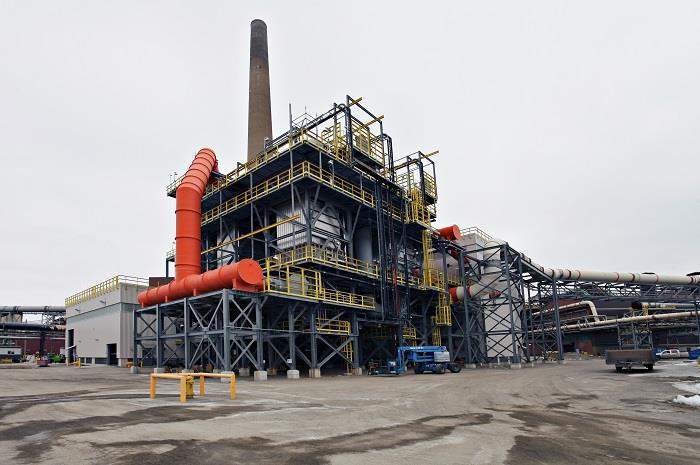Brazilian mining company Vale has completed its C$1bn ($792m) Clean AER project (Atmospheric Emission Reduction Project) at its smelter complex in Sudbury in the Canadian province of Ontario.

Image: Vale announces completion of the Clean AER project at Sudbury smelter complex. Photo: courtesy of Vale.
The Clean AER Project was taken up by the company’s Canadian subsidiary Vale Canada to cut down the smelter’s sulphur dioxide emission levels by 85%, and dust and metal emissions by up to 40%.
The emission reduction project, which commenced in 2012, saw the construction of two new converters, a wet gas cleaning plant, a new secondary baghouse and fan building along with reconstruction of the smelter converter flues.
SNC-Lavalin, under a contract given in 2012, provided project management, engineering, procurement and construction management (EPCM) services for the Clean AER Project. The project is believed to be the largest single environmental investment in the history of Sudbury.
Vale North Atlantic base metals operations and Asian refineries chief operating officer Ricus Grimbeek said: “The completion of our Clean AER Project is a historic milestone that demonstrates how far we have come as a company in reducing our environmental footprint.
“It is something that all of us at Vale and our local community can be very proud of.”
According to Vale, the close coordination between the Clean AER Project and operations at its Sudbury nickel smelter meant that the construction had to be carried out safely even as operations at the Copper Cliff Smelter continued.
Vale North Atlantic projects vice president Dave Stefanuto said: “Emissions are so significantly reduced by the Clean AER Project that we will no longer require our iconic Superstack.
“The eventual decommissioning of the Superstack is a symbol of environmental progress for our Company and the mining industry as a whole.”
The mining company said that currently two 137m stacks are being built in the Copper Cliff Smelter, which will need far less energy to operate than the Superstack. Further, the stacks are expected to bring down greenhouse gas emissions from the smelter by nearly 40%, said Vale.
